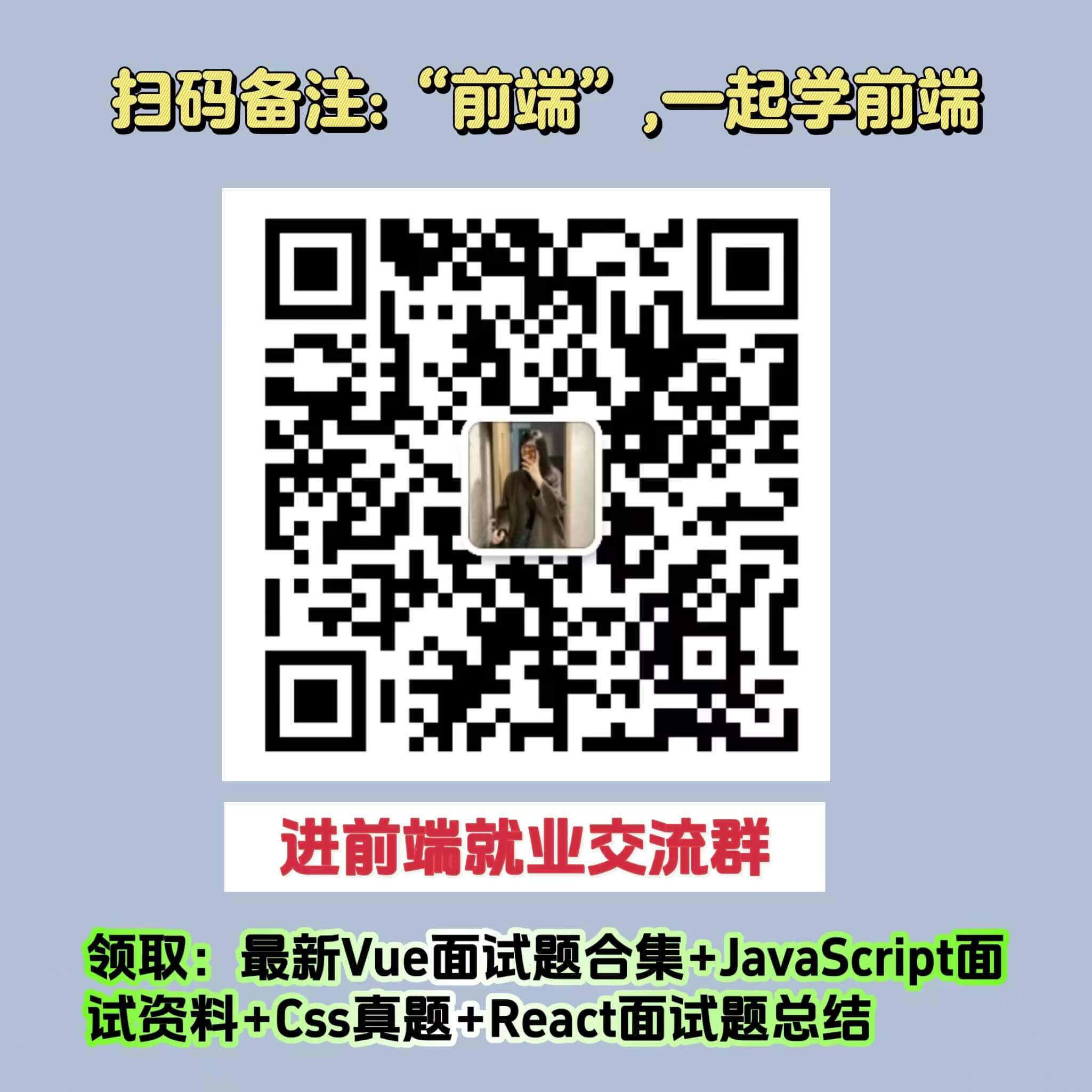hexo-filter-sequence 是一个 Hexo 博客系统的插件,它可以帮助你在文章中快速、方便的插入时序图和流程图。本文将为大家详细讲解如何使用这个插件。
安装
hexo-filter-sequence 依赖于 seq-diag 和 flowchart.js,所以在安装之前,请确保你的电脑已经安装了 npm 和 Node.js。安装之前你需要在你的 Hexo 博客的根目录下打开终端,并输入以下命令:
npm install hexo-filter-sequence --save npm install flowchart.js --save npm install seq-diag --save
应用
在你的 Hexo 博客源文件夹下的 _config.yml 文件中,添加以下配置:
-- -------------------- ---- ------- - -------------------- ------ --------- ------- ---- - ---- -------- - -------- ------ ------ -------- -------------- -- --------------- -- -------- --- --------------- -- ---------------- -- ------------- -- ------------------ ----------- --------- -- ------------ ---- ---------- ------- ---- - ---- -------- - ------------ ------ ------------- - -------------- -- -------------- -- ------------ -- ------------- ------- ---------------- ------- ------- ------- ----------- ----- ---------- ---- ------------ ------- -------- - ----------- - ------ - ------ - --------- ----------- - -- --------- - ------ - -------- ------------ - ----- ------------- - ------ -------- - ------ - --------- ---------- - -------- - ------------- ------ ---------------- -------- ------- -------- -- ------- ------------- ------ ---------------- -------- ------- -------- - -展开代码
然后在你的博客文章中添加以下标签:
-- -------------------- ---- ------- -- --------- -- ---------- ----------------------------------- ------- - --------------- -- --------- ----------------- -- ---------- ---------------- --- -- -------------------------- ---------------- ----- ------------ ------------- ---------------- -------------------------- -- ------------ --展开代码
或
{% sequence %} actor Foo activate Foo Foo->Bar: Bar do something activate Bar Bar->Foo: What ?? deactivate Bar {% endsequence %}
效果如下:
{% flowchart %} st=>start: Start:>http://www.google.com[blank] e=>end: > op1=>operation: My Operation sub1=>subroutine: My Subroutine cond=>condition: Yes or No?:>http://www.google.com io=>inputoutput: catch something...
st->op1->cond cond(yes)->io->e cond(no)->sub1(right)->op1 {% endflowchart %}
{% sequence %} actor Foo activate Foo Foo->Bar: Bar do something activate Bar Bar->Foo: What ?? deactivate Bar {% endsequence %}
配置信息
你可以修改你 Hexo 博客源文件夹下的 _config.yml 文件中的 hexo-filter-sequence 的配置信息,以达到自己的需求:
sequence
enable: 是否启用该插件。options:seq-diag的配置项。options.theme: 主题模板,默认值是simple。options.diagramMargin: 时间线图表的外部边距。options.diagramPadding: 时间线图表的内部填充。options.QBWidth: 时间线上的小球宽度,用于指示各步骤之间的连接。options.lifeLineMargin: 时间线与边框的距离。options.activationWidth: 激活栏的宽度。options.timingMargin: 时间线上步骤标签的距离。options.messageFontFamily: 消息区中文字体的名称。options.fontSize: 设置字体大小。options.useMaxWidth: 是否使用最大宽度。
flowchart
enable: 是否启用该插件。options:flowchart.js的配置项,用于配置流程图。options.element-color: 流程图元素边框颜色。options.fill: 流程图元素填充颜色。options.font-color: 流程图元素字体颜色。options.font-size: 流程图元素字体大小。options.line-length: 流程图元素连接线长度。options.line-width: 流程图元素连接线粗细程度。options.scale: 流程图缩放比例。options.symbols: 自定义符号。options.text-margin: 流程图元素之间的距离。options.arrow-end: 箭头形状的设置配置,block代表方块形。
总结
本节介绍了如何使用 hexo-filter-sequence 应用于 Hexo 博客系统中。我们首先通过 npm 安装了必需的依赖项,然后添加了配置信息到我们的 _config.yml 文件中,并根据需要修改了一些配置项。最后,我们在博客文章中使用 sequence 和 flowchart 标签,生成了相应的时序图和流程图。通过学习本文,相信您已经能够快速、方便地在您的博客文章中插入时序图和流程图了。
来源:JavaScript中文网 ,转载请注明来源 https://www.javascriptcn.com/post/6005591881e8991b448d68aa
